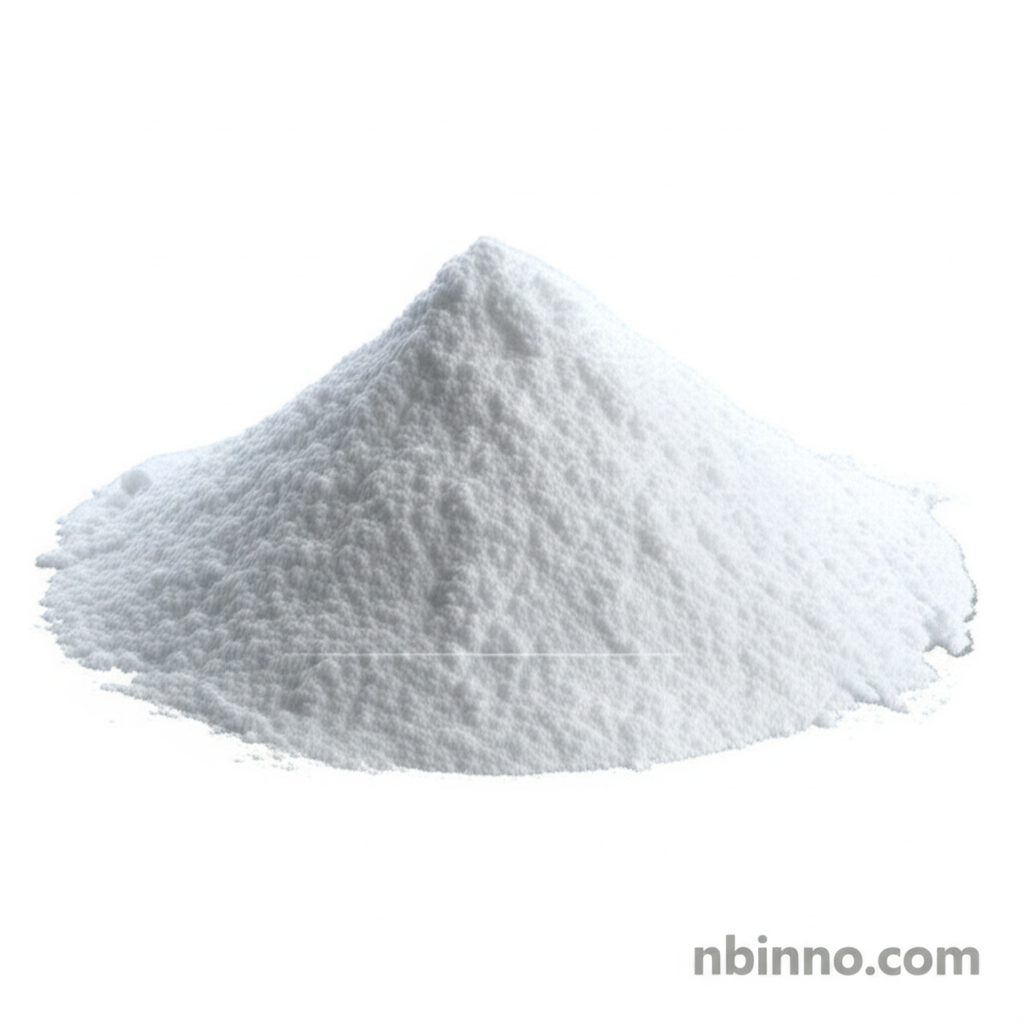Boc-D-2,3-Diaminopropionic Acid: A Key Building Block for Peptide Synthesis and Pharmaceutical Research
Discover the essential role of Boc-D-2,3-diaminopropionic acid in advancing peptide synthesis and drug discovery.
Get a Quote & SampleProduct Core Value

Boc-D-2,3-diaminopropionic acid
Boc-D-2,3-diaminopropionic acid is a highly valuable amino acid derivative primarily used as a pharmaceutical intermediate. Its unique structure, featuring a tert-butyloxycarbonyl (Boc) protecting group, makes it an indispensable tool in complex organic synthesis, particularly for creating novel therapeutics and bioactive peptides. Researchers rely on this compound to achieve selective functionalization and enhance the stability of synthesized molecules, driving innovation in drug development.
- As a vital building block for peptide synthesis, Boc-D-2,3-diaminopropionic acid is crucial for developing advanced peptide-based pharmaceuticals.
- The compound's role as a pharmaceutical intermediate supports the creation of novel drug candidates and enhances their efficacy.
- Its utility in organic synthesis stems from the presence of the Boc protecting group, which allows for precise control over chemical reactions.
- Researchers leverage Boc-D-2,3-diaminopropionic acid to achieve selective functionalization, a key step in medicinal chemistry.
Key Advantages
Enhanced Peptide Design
Utilizing Boc-D-2,3-diaminopropionic acid in peptide synthesis allows for the precise incorporation of D-amino acids, enabling the exploration of chirality's impact on biological activity and the development of more potent therapeutic agents.
Streamlined Drug Development
As a critical pharmaceutical intermediate, this compound simplifies the synthetic pathways for new drug candidates, potentially reducing development time and cost in the pharmaceutical industry.
Versatile Synthetic Utility
The inherent stability provided by the Boc protecting group, combined with its reactivity, makes Boc-D-2,3-diaminopropionic acid a versatile tool for chemists engaged in complex organic synthesis and the creation of specialized biomolecules.
Key Applications
Peptide Synthesis
This compound serves as a key building block in the synthesis of peptides, particularly in creating modified peptides that can enhance biological activity, a core aspect of peptide synthesis.
Drug Development
It is employed in the pharmaceutical industry for developing new drugs, especially those targeting specific biological pathways, due to its unique structural properties and role as a pharmaceutical intermediate.
Bioconjugation
The compound is useful in bioconjugation processes, allowing researchers to attach biomolecules to drugs or imaging agents, improving their efficacy and targeting capabilities, essential for targeted drug delivery.
Neuroscience Research
It is utilized in studies related to neurotransmitter systems, aiding in the development of compounds that can modulate neural activity, contributing to understanding neurological functions.
